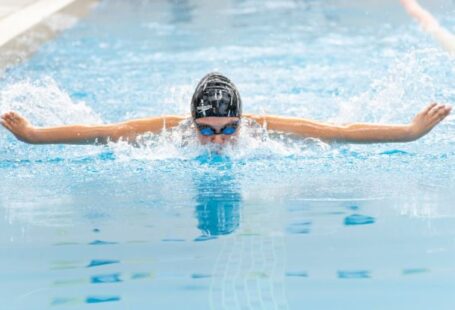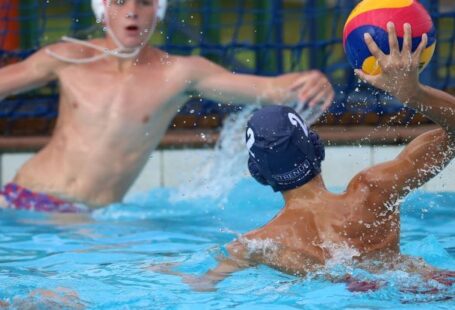**How Does Water Resistance Impact Aquatic Fitness?**
Water resistance is a key element in aquatic fitness that can significantly impact the effectiveness of workouts in the water. Whether you are a seasoned athlete or just starting your fitness journey, understanding how water resistance influences your aquatic exercises can help you make the most out of your time in the pool or any other water body. In this article, we will delve into the various ways water resistance affects aquatic fitness, providing you with valuable insights to enhance your water-based workouts.
**Engages Multiple Muscle Groups**
One of the primary benefits of water resistance in aquatic fitness is that it engages multiple muscle groups simultaneously. When you move through water, the resistance offered by the water itself challenges your muscles in ways that are different from land-based exercises. This increased resistance forces your muscles to work harder, leading to improved strength and endurance over time. Additionally, the resistance provided by water helps to stabilize and support your body during movements, leading to a more balanced and efficient workout.
**Enhances Cardiovascular Endurance**
Incorporating water resistance into your aquatic fitness routine can also help enhance your cardiovascular endurance. As you push against the resistance of the water, your heart rate increases, leading to a more effective cardiovascular workout. The resistance provided by water can make simple movements, such as walking or jogging in the water, more challenging and beneficial for your heart and lungs. By consistently working out in water, you can improve your overall cardiovascular fitness and stamina.
**Reduces Impact on Joints**
Another significant advantage of water resistance in aquatic fitness is its low-impact nature, which reduces stress on your joints. The buoyancy of water supports your body weight, making movements easier and gentler on your joints compared to land-based exercises. This makes aquatic fitness an excellent option for individuals with joint pain, arthritis, or other musculoskeletal conditions. The water resistance allows you to strengthen and condition your muscles without putting excessive strain on your joints, promoting joint health and overall well-being.
**Improves Flexibility and Range of Motion**
Water resistance can also help improve flexibility and range of motion in your joints. The resistance provided by water requires your muscles to work through a full range of motion, which can help increase flexibility and prevent stiffness. Aquatic exercises that involve stretching and reaching movements can help you enhance your overall flexibility, making it easier to perform daily activities and reducing the risk of injury. Regularly incorporating water resistance into your fitness routine can lead to improved joint mobility and a greater range of motion over time.
**Enhances Balance and Coordination**
Working out in water can also help enhance your balance and coordination. The resistance offered by water challenges your stability, forcing your muscles to work harder to maintain balance during movements. This can help improve your proprioception, which is your body’s ability to sense its position in space. By engaging in aquatic exercises that require coordination and control, you can enhance your balance and stability, reducing the risk of falls and injuries in daily life.
**Promotes Relaxation and Mental Well-being**
In addition to its physical benefits, water resistance in aquatic fitness can also promote relaxation and mental well-being. The soothing properties of water, combined with the resistance it offers during workouts, can help reduce stress and anxiety. Engaging in aquatic exercises can be a calming and meditative experience, allowing you to focus on your movements and connect with your body and breath. This can lead to improved mental clarity, reduced tension, and an overall sense of well-being.
**Maximizing Your Aquatic Fitness Experience**
To make the most out of the water resistance in your aquatic fitness routine, consider incorporating a variety of exercises that target different muscle groups and movement patterns. Experiment with different intensities and speeds to challenge yourself and keep your workouts engaging. Additionally, make sure to maintain proper form and technique during aquatic exercises to maximize the benefits of water resistance and prevent injuries.
**Incorporating water resistance into your aquatic fitness routine can have a profound impact on your overall health and well-being. By understanding how water resistance influences your workouts and implementing a variety of exercises that leverage this resistance, you can enhance your strength, cardiovascular endurance, flexibility, balance, and mental well-being. So, dive in and make a splash with your aquatic fitness journey!**





